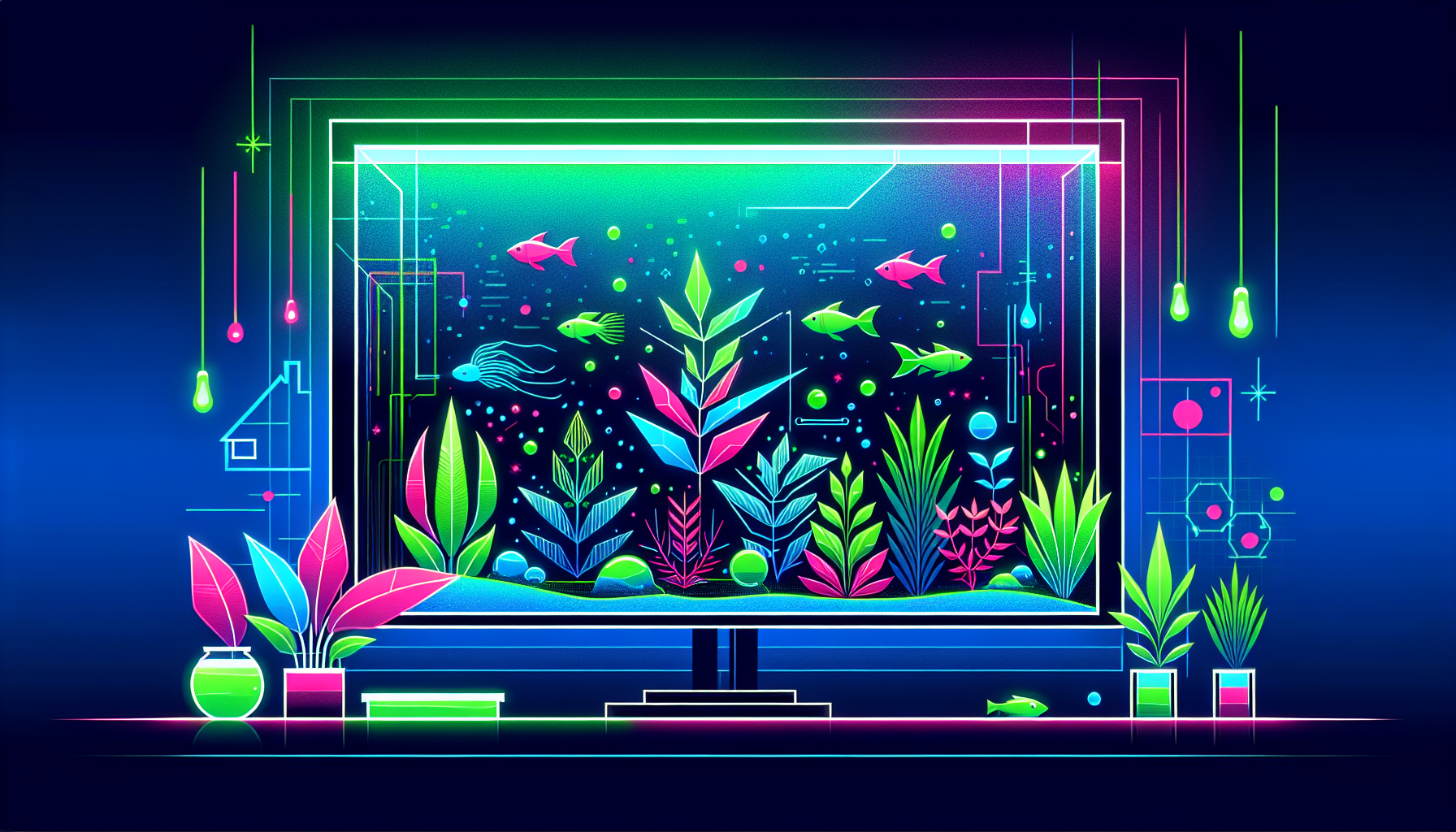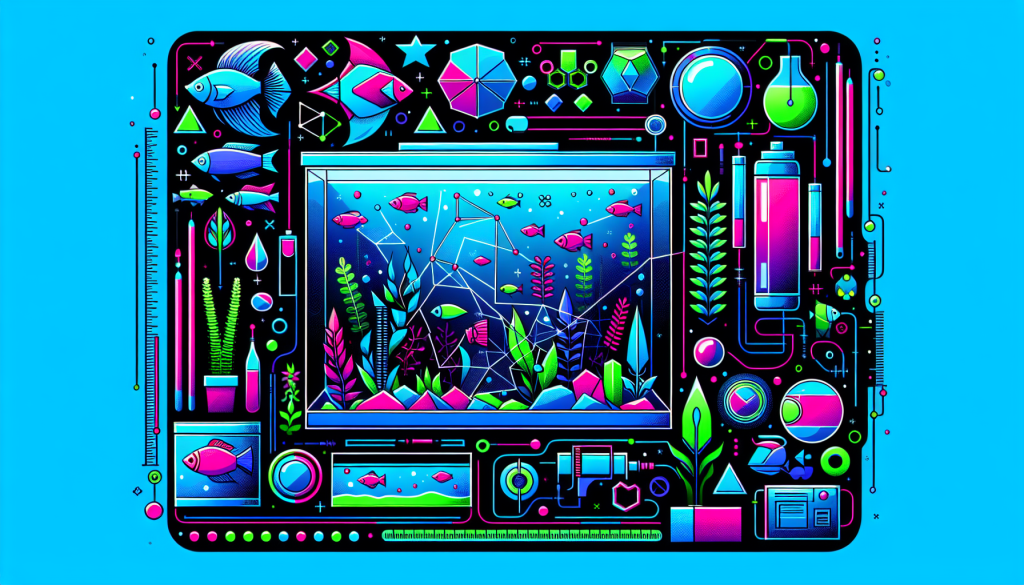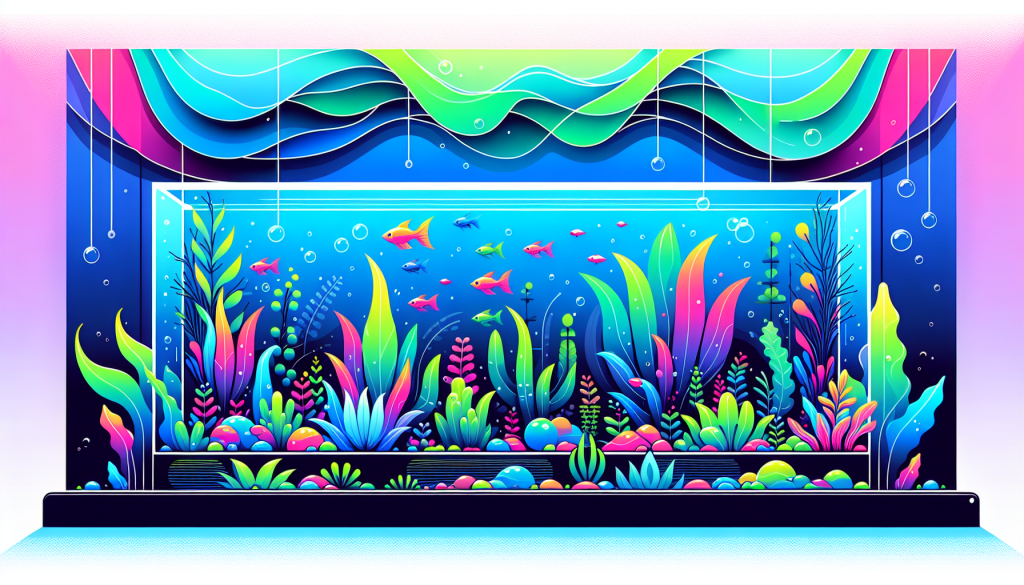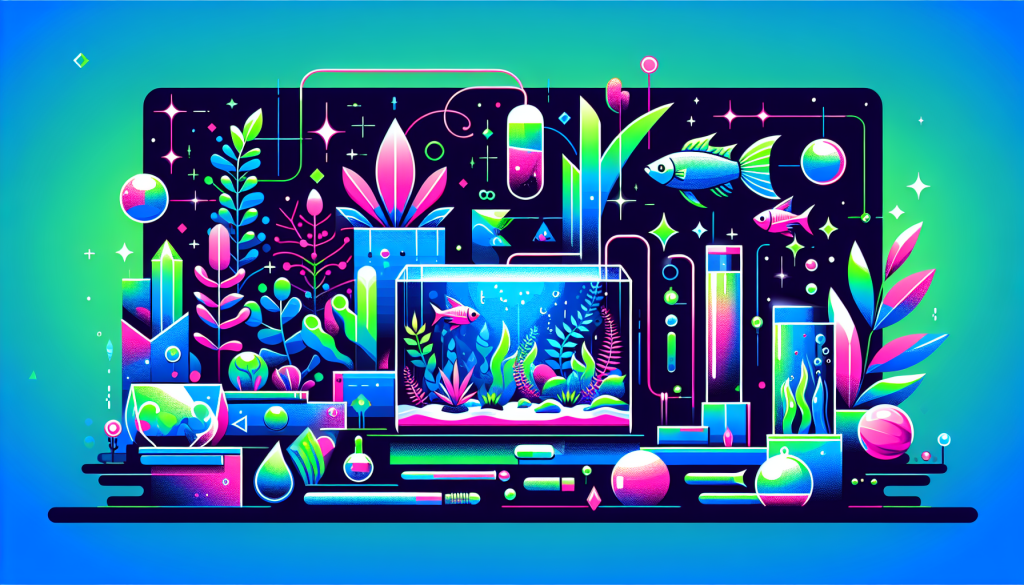Beginner’s Guide to Aquascaping: Essential Steps, Tips & Best Practices
Dreaming of a lush, underwater garden? Aquascaping is the creative art of designing aquatic landscapes in your aquarium—combining plants, rocks, driftwood, and fish to build vibrant, living works of art. This beginner’s guide to aquascaping will walk you through everything you need to know to get started, from planning and setup to plant choices, maintenance, and aquascaping tips for long-term success.
What Is Aquascaping?
Aquascaping goes far beyond simply adding plants to your planted aquarium. It’s about crafting a harmonious underwater world, often inspired by natural scenes or imaginative designs. Whether you’re drawn to the lush valleys of the Nature style or the stark elegance of the Iwagumi layout, aquascaping lets you express creativity while boosting your fish’s health and happiness.
Popular Aquascape Styles
Before you start, get familiar with these foundational aquascaping styles:
Nature Aquarium
Inspired by landscapes (forests, hills, valleys), this style blends driftwood, rocks, and a mix of plant species to mimic natural scenes.
Iwagumi
Minimalist and zen-like, Iwagumi aquascapes use carefully arranged rocks (usually odd-numbered) as the main focus, accented by carpet plants and open spaces.
Dutch Style
Aquascaping’s version of a flower garden—dense with colors and textures, featuring neatly arranged rows of multiple plant species with minimal hardscape.
Jungle Style
Characterized by an untamed, wild look, this style uses tall, dense plant growth and driftwood for a natural, overgrown effect.
Step-by-Step Aquascaping Setup for Beginners
Ready to dive in? Follow these essential steps to create your own thriving aquascape.
1. Choose Your Aquarium
Select a tank sized for your space and experience level—smaller tanks are affordable and accessible, but larger tanks offer greater aquascaping options and are typically more stable.
2. Gather Your Aquascaping Supplies
- Substrate: Nutrient-rich soil or sand/gravel designed for planted tanks.
- Filtration: An efficient filter maintains water quality and circulation.
- Lighting: LED or specialized aquarium lights to promote plant growth.
- CO2 System (optional): For lush, demanding plants (learn more about aquarium CO2 systems).
- Hardscape: Rocks, driftwood, and other decorative materials.
- Plants: Begin with hardy species if you’re new to aquascaping.
- Water Conditioner & Test Kits: To ensure a healthy environment.
3. Plan Your Aquascape Layout
Sketch your design or visualize the “hardscape” (rocks, wood) arrangement. Consider focal points, depth, and the natural flow of your planted aquarium. Apply the “golden ratio” for aesthetic appeal and balance between empty space and plant coverage.
4. Install the Substrate
Layer the substrate as the foundation for your plants—sloping from the back to front creates depth and perspective.
5. Position Hardscape Elements
Arrange rocks and driftwood before adding water. Take your time, adjusting pieces for both visual balance and stability.
6. Fill Partially with Water
Add water slowly to avoid disturbing your hardscape; fill to about one-third of the tank’s height.
7. Plant Your Aquarium
Using aquascaping tweezers, plant foreground species first, then midground and taller background plants. Mist plants to keep them moist throughout the process.
8. Finish Filling the Aquarium
Carefully top up the tank, preventing substrate disruption by pouring water over a plate or plastic bag. Install your filter and heater if needed.
9. Start the Nitrogen Cycle
Cycle your aquarium before adding fish or shrimp. This establishes beneficial bacteria critical for breaking down toxins. Learn more in our beginner’s guide to aquarium cycling.
Best Plants for Beginner Aquascaping
Start your aquascaping journey with these easy, low-maintenance aquatic plants:
- Anubias – Hardy, tolerates low light, and attaches to driftwood/rocks.
- Java Fern – Another tough option for various aquascape styles.
- Crytocoryne – Includes many shapes and colors; thrives in many conditions.
- Amazon Sword – Bold, broad leaves; grows well as a background plant.
- Mosses (Java Moss, Christmas Moss) – Great for carpeting or accenting wood and stones.
Aquascaping Maintenance Tips
Regular care keeps your aquascape vibrant and healthy:
- Weekly water changes: Remove 25-50% to prevent algae and refresh nutrients.
- Trim plants regularly: Maintain design, encourage healthy growth, and prevent overgrowth.
- Clean glass and equipment: Use aquarium-safe tools to prevent unwanted buildup.
- Monitor algae: Control with the right balance of light, CO2, and nutrients.
- Test water parameters: Keep an eye on ammonia, nitrite, nitrate, and pH for optimal fish and plant health.
Common Beginner Mistakes and How to Avoid Them
- Overstocking the tank: Add fish slowly and choose species compatible with planted tanks.
- Skipping the cycling process: Proper cycling prevents fish loss and plant melt.
- Too much light: Excessive or prolonged lighting fuels algae—start with 6-8 hours daily.
- Neglecting maintenance: Weekly care is essential for long-term success.
Ready to Start Your Aquascaping Adventure?
Aquascaping is deeply rewarding, offering endless opportunities for artistry and relaxation. Now that you know the basics, plan your layout, choose your favorite style, and start building your underwater landscape!
For more inspiration and in-depth guides, explore our aquascaping ideas and aquarium planting techniques.
Share Your Progress!
Have questions or want to show off your first aquascape? Contact us or join the conversation in the comments below. Happy aquascaping!



